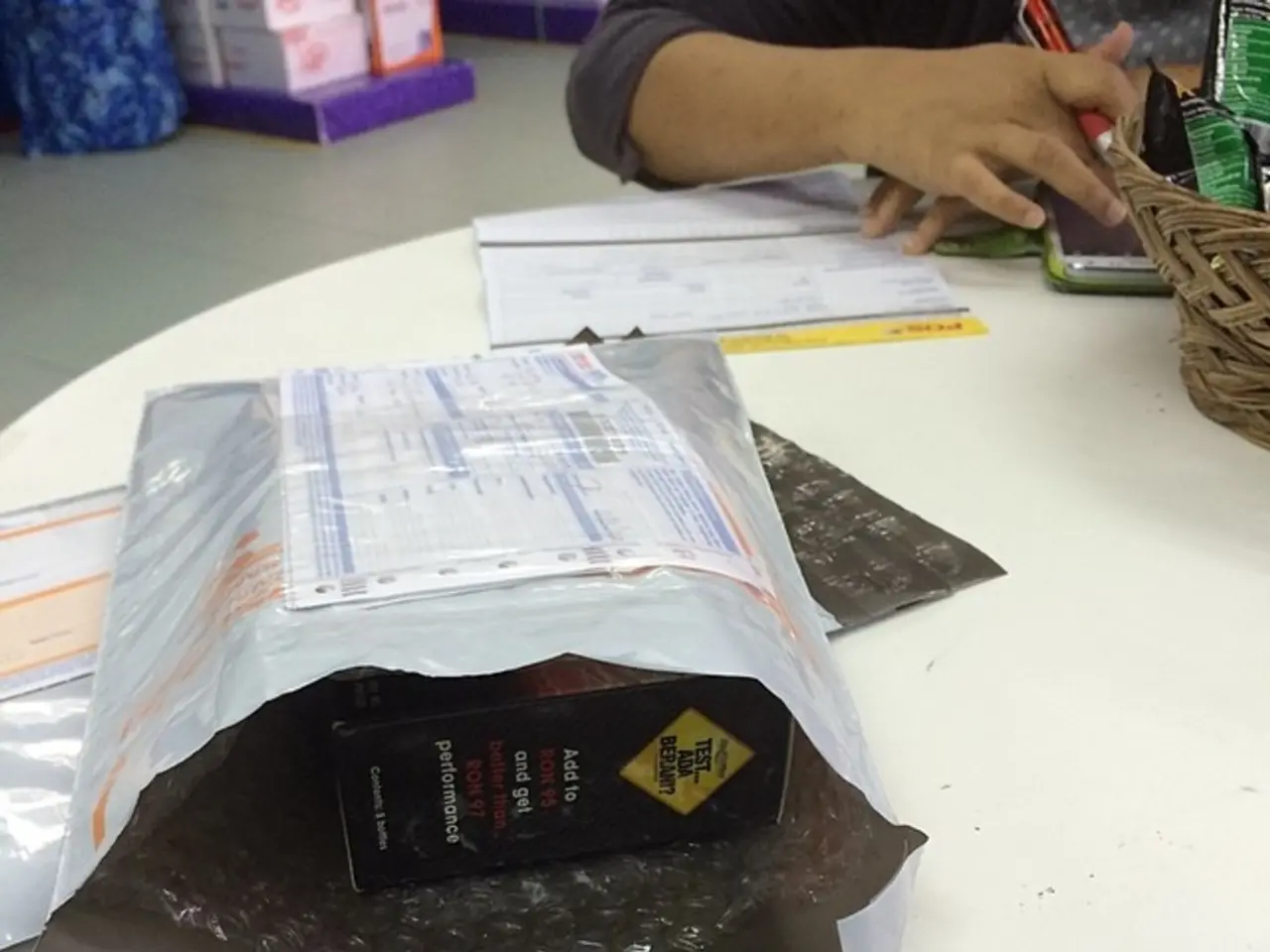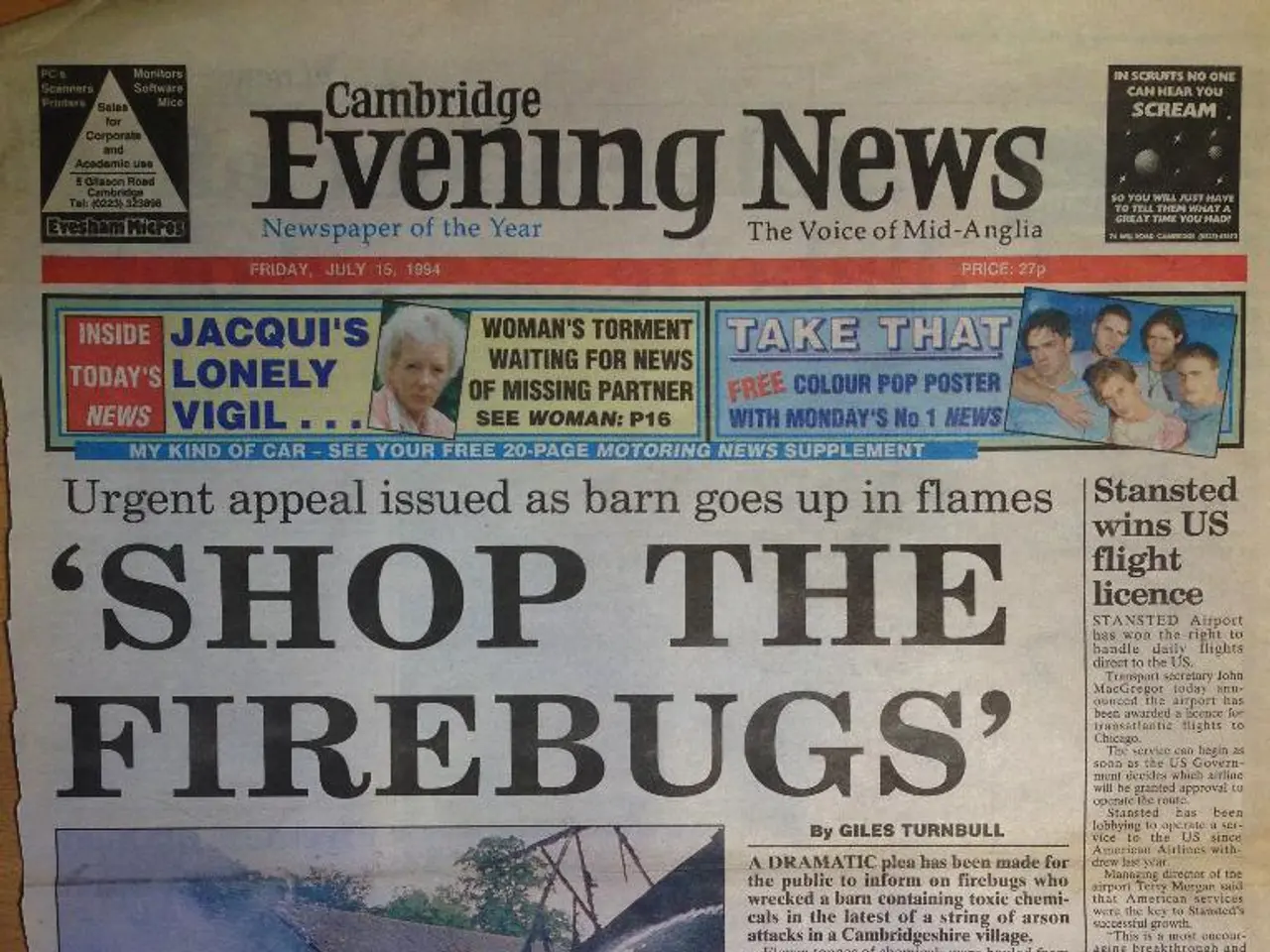Internet Access Expansion in Astana: New Installations Announced
Nur-Sultan, the capital city of Kazakhstan, is taking strides to improve internet quality and coverage, particularly in hard-to-reach areas. The city is employing multi-functional installations such as dual-purpose support structures, street lighting, and autonomous antenna-mast systems as part of its urban infrastructure.
These innovative solutions allow telecom equipment to be deployed discreetly and efficiently without the need for new standalone towers, thereby enhancing network reach and reliability.
The dual-purpose support refers to infrastructure elements that serve multiple functions, such as poles or masts that combine traditional street lighting with telecommunications antennas. By attaching 4G/5G small cells or antennas to street lamps or other existing structures, the city optimizes space and reduces deployment costs.
Street lighting poles act as platforms for installing antenna systems in locations that are otherwise difficult to cover with conventional cell towers, such as narrow streets, pedestrian zones, or historical areas where aesthetics and space are restricted.
Autonomous antenna-mast structures are self-contained, often modular units that provide wireless signal transmission independently or semi-independently from larger base stations. These can be deployed flexibly in diverse urban environments, including outskirts and rural-adjacent zones, thus addressing coverage gaps.
The city's approach is in line with smart city initiatives globally, where integrating digital connectivity components into existing urban fixtures helps expand broadband networks and improve quality of service.
In Nur-Sultan, a dual-purpose support has been installed, combining the functions of a base station and street lighting. This installation is intended to address signal issues in areas where residents do not support base station installation. However, the exact location of the dual-purpose support within the city is not specified in the report.
Additionally, an autonomous antenna-mast structure has begun operation along the republican highway Nur-Sultan - Borovoe. This structure combines solar panels and wind turbines for power, aiming to minimize environmental impact. Its operation is intended to ensure stable mobile connectivity on previously hard-to-reach sections of the road without connecting to the power grid.
One of the largest shopping centers in Nur-Sultan now boasts a stable high-speed internet system, designed to eliminate "dead zones" within the building. This system is specific to the shopping center and is not related to the dual-purpose support's function of covering areas with weak signal in Nur-Sultan.
The press service of the Ministry of Digital Development, Innovation, and Aerospace Industry of Kazakhstan provided the report. These initiatives are consistent with smart city developments currently underway in Kazakhstan’s urban centers to enhance ICT infrastructure coverage and performance, particularly in challenging or underserved zones.
[1] Smart City Kazakhstan: A Comprehensive Study on the Development of Smart Cities in Kazakhstan [2] Smart City Initiatives in Nur-Sultan: A Case Study on the Use of Dual-Purpose Support Structures and Autonomous Antenna-Mast Systems [3] Enhancing Internet Connectivity in Nur-Sultan: The Role of Autonomous Antenna-Mast Structures and Dual-Purpose Support Structures in Smart City Development
The dual-purpose support structures in Nur-Sultan, equipped with both base stations and street lighting, are aimed at addressing signal issues in areas where traditional base station installation may face resistance. ( Referring to dual-purpose support)
Technology advancements such as the autonomous antenna-mast structures along the republican highway Nur-Sultan - Borovoe, which utilize solar panels and wind turbines for power, are a testament to the city's commitment to improving internet connectivity while minimizing environmental impact. ( Referring to autonomous antenna-mast structures)




